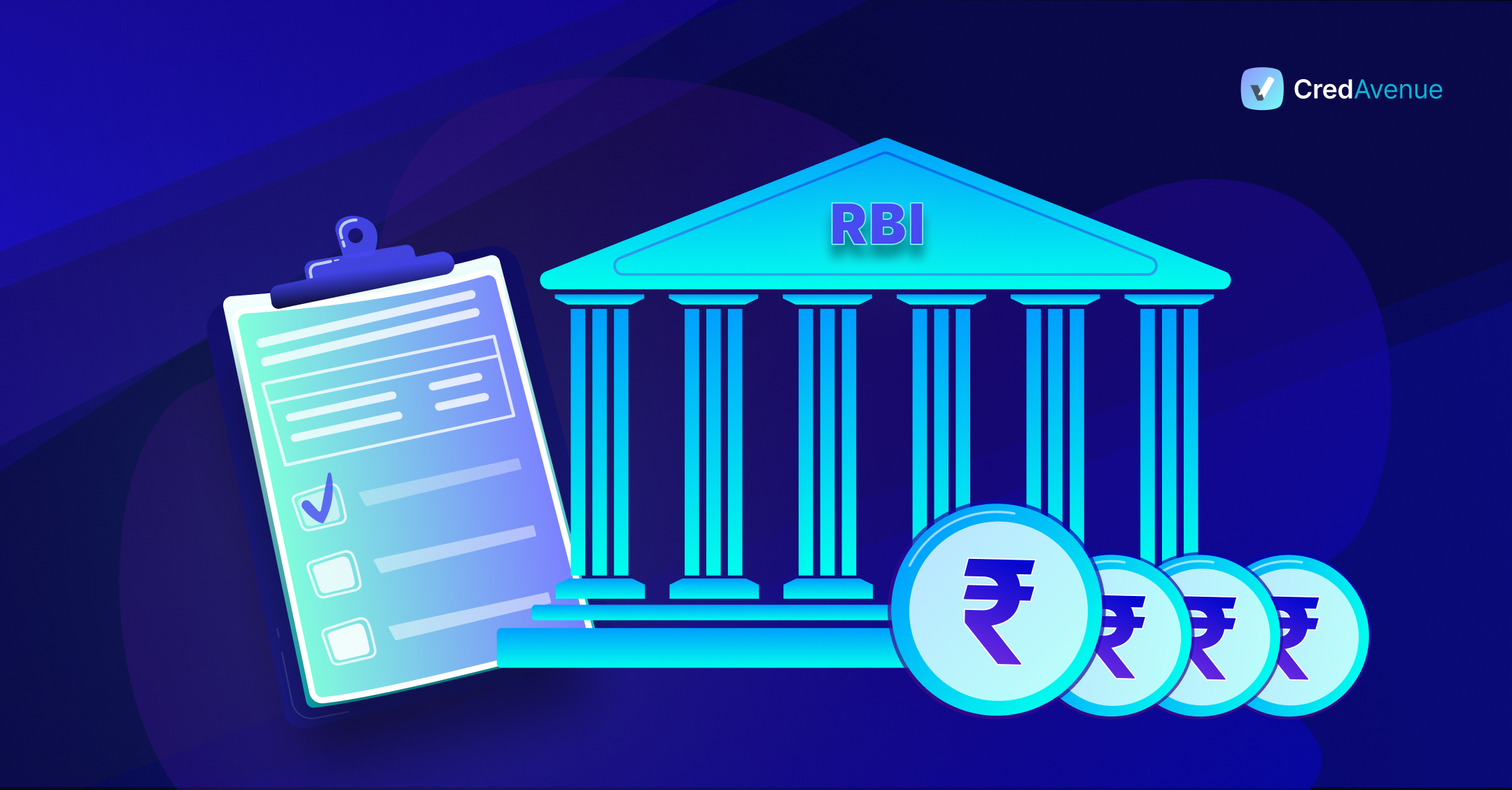
The concept of co-lending has been around for quite a long time now. But in 2018, after the RBI (Reserve Bank of India) laid out the framework for the co-origination of loans, more banking and non-banking institutions came together to make funds available to the priority sector, which was later renamed the Co lending model (CLM). Co-lending refers to a set-up where the banking and non-banking sectors collaborate for the combined grant of credit for priority sector lending. According to this arrangement, two lending firms, such as banking and non-banking institutions., come together and share risk in a ratio of 80:20 (80 per cent loan with bank and a minimum of 20 per cent with non-banks).
The Co-Lending Model (CLM)
For lending to the priority sector, the Reserve Bank of India (RBI) in September 2018, the Co-origination of Loans by Banks and Non-Banking Financial Company (NBFC). The Reserve Bank of India had also further stated that this arrangement called for the combined credit contribution by both the lenders and sharing risks and rewards as well. After receiving feedback from different stakeholders, RBI permitted the lenders additional operational flexibility while instructing them to conform to regulatory guidelines.
As per the RBI guidelines on co-lending issued on November 5, 2020, the co-origination of the loan scheme was renamed CLM (Co-Lending Model). This model has the primary aim to enhance the credit flow & make funds available at a reasonable cost, taking into account the lower cost of funds from banks and the massive reach of the NBFCs.
The Co-lending model has the following benefits for the ultimate/end-borrower:
- Improvement in quality and turnaround time
- Quick Loan Disbursal
- Lower Interest Rates
- Large Customer base
What are the RBI Guidelines on Co-lending?
The latest guidelines on co-lending issued by RBI on November 5, 2020, state the following:
- With reference to the earlier co-lending RBI circular dated September 21, 2018, on loan co-origination by banking and non-banking institutions for lending to the priority sector, the set-up calls for a combined contribution of credit by both the lenders and sharing of risks and rewards.
- Upon acquiring the feedback from the stakeholders to better leverage the individual comparative benefits of the banking and non-banking institutions in a collective effort, RBI has decided to provide greater operational flexibility to these lending institutions. RBI further demands that these lending institutions conform to the regulatory guidelines on outsourcing, KYC, etc.
- Based on prior agreement, banks are allowed to co-lend with all registered NBFCs, including HFCs. While the co-lending banks will take their share of the individual loans back-to-back in their books, the NBFCs must maintain at least a 20 % share on their books.
- As per CLM 2 guidelines, which was introduced by RBI in 2020, for entering into the CLM, the banking and non-banking institutions shall formulate and place the Board-approved policies on their websites. Based on their Board approved guidelines, a Master Agreement may be entered into between the two partner institutions.
- According to the Master Agreement, it may allow the banks to mandatorily take their share of the individual loans originated by the NBFCs in their books as per the terms of the agreement or retain the discretion to reject certain loans.
- Further, RBI authorises the banks to claim priority sector status about their share of credit while engaging in the Co-lending Model (CLM) and sticking to the prescribed conditions.
What are the Risks Involved in Co-lending?
Although the Co-Lending Model (CLM) has several advantages, it faces criticism for its move by the big banks to tie up with small NBFCs.
- Under the CLM, since 80 per cent of the risk lies with the banks, the banks suffer losses if there is a default. However, in such circumstances, NBFCs also face losses. Since NBFC is small enough (compared to banks), there are higher chances of them getting wiped out. So such a scenario is more of a threat to NBFC as much as to the banks.
- According to the terms of the master agreement, it authorises the banks to either accept their claim of the individual loans originated by the NBFCs or reject certain loans which are not as per the policy. However, certain unforeseeable factors or minor errors may lead the bank to reject the loan, thus making it a burden to NBFCs books.
- The RBI guidelines on co-lending authorise the NBFCs as the single point of interface for customers and also enter into loan agreements with the borrowers. Further, there is a lack of clarity on behalf of RBI on co-lending about the CLM structure and the functions & duties of the NBFCs and banks.
- NBFCs are concerned banks might rope in or steal their customers
- Data integration and data security is another risk factor
- Since credit policy is the most critical intellectual property right in the lending space, hence sharing that is risky.
Why is a Co-lending platform for you?
Co-lending platforms connect banking and non-banking institutions to disburse joint loans to the borrowers. CredCo-Lend is one such fully integrated platform, providing opportunities for easy discovery and
seamless loan processing between the NBFCs and banks. It takes care of the compliances and splitting requirements to power the co-lending ecosystem, such as enablement of:
- Time integration
- Fast discovery
- Real-time and transparent journey
- Connectors & plug-ins provide a complete co-lending ecosystem
- Collection and portfolio monitoring
- Payouts/FLDG/charges are automatically computed by technology, thereby reducing human intervention.
This platform helps NBFCs to get discovered by banks to meet their loan origination requirements. Cred Co-Lend has a partnership with 500+ lenders, and thus you can associate with the bank at a price that suits you. Further, using this platform, banks can identify the NBFCs meeting your criteria with a transparent credit rating module and 240+ potential co-lending partners across multiple sectors.
FAQs:
Q: Is the CLM and Co-origination of Loan Scheme announced by the RBI in September 2018 the same?
A: There is a lack of clarity on behalf of RBI on co-lending about the CLM structure and the functions & duties of the NBFCs and banks. The Co-lending model (CLM) is basically an advancement over the Co-origination of Loan Scheme announced by the RBI in September 2018.
Q: What is the co-lending RBI guideline issued for priority sector norm?
A: Under the priority sector norms, the co-lending RBI guidelines state that banks must loan a specific portion of their funds to specified sectors – like the weaker section of society, agriculture, MSME, and social infrastructure.
Q: What happens if the agreement is terminated between the co-lenders?
A: The banks and the NBFCs both shall implement a business continuity plan to ensure uninterrupted service to their borrowers till repayment of the loans under the co-lending agreement in the circumstance of termination of co-lending arrangement between the co-lenders.
Q: What is the co-lending RBI guideline issued regarding Customer Grievance Redressal?
A: As per the co-lending RBI circular issued about Customer Grievance Redressal, the co-lenders must make a suitable arrangement to resolve any complaint lodged by a borrower with the NBFC within 30 days. If the query is not resolved, the borrower can escalate the same complaint with the concerned Banking Ombudsman or Ombudsman for NBFCs or the Customer Education and Protection Cell (CEPC) in RBI.




